Cooling Towers & Legionnaires' Disease: AI Solutions
Did you know that cooling towers, which help regulate temperature in buildings, can also be the hidden culprit behind outbreaks of Legionnaires' disease? I review a research article and explore how deep learning models like YOLOv5 and EfficientNet-b5 transform public health officials' detection of these towers and prevention of disease outbreaks. By leveraging AI and geospatial data, this technology automates what used to be a painstaking manual process, saving time and improving accuracy. Beyond public health, these tools offer massive business opportunities in urban planning, real estate, and environmental monitoring sectors. Learn how this cutting-edge innovation could benefit public health and your business.
SCIENTIFIC INSIGHTS INTO AI AND GEOSPATIAL TECHNOLOGIESTECH FOR PUBLIC HEALTH
Scott Pezanowski
9/18/20246 min read
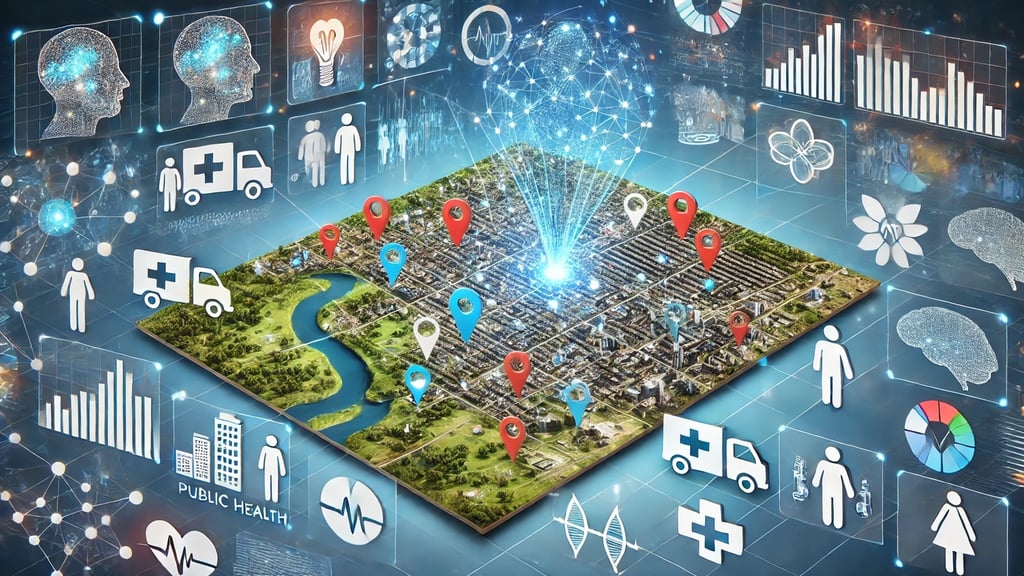

In today’s rapidly evolving technological landscape, artificial intelligence (AI) is making incredible strides in industries across the board. Public health is one of the most promising areas where AI is having a transformative impact. Specifically, deep learning models and geospatial data are reshaping how we approach health crises and disease outbreaks, improving our ability to prevent, detect, and respond to potential threats before they escalate.
At the forefront of this innovation is the automated detection of cooling towers, a critical factor in preventing outbreaks of Legionnaires’ disease, a severe type of pneumonia caused by Legionella bacteria. In this blog post, we’ll dive into the groundbreaking research behind this technology and explore how deep learning models, such as YOLOv5 and EfficientNet-b5, are being used to enhance public health outcomes.
But beyond public health, AI and geospatial data applications are vast. This article will also highlight the business opportunities arising from leveraging these technologies and how automation drives success across multiple industries. Whether you are involved in public health, urban planning, real estate, or environmental monitoring, AI is opening doors to new levels of efficiency and innovation.
The Health Crisis: Legionnaires' Disease and Cooling Towers
Legionnaires’ disease is a type of pneumonia that can be fatal, mainly when outbreaks occur in densely populated urban areas. The disease most commonly spreads through water systems, and cooling towers—used to cool the air and water systems in buildings—are often a significant source of Legionella bacteria. When these towers are not properly maintained, the bacteria can grow inside, and as the cooling tower fans aerosolized water, the bacteria can spread over a wide area, causing outbreaks.
Traditionally, identifying these cooling towers during an outbreak is a manual process, requiring health officials to sift through aerial images of entire cities to locate potential sources of contamination. This method is slow, labor-intensive, and prone to error, which can delay critical interventions that might otherwise save lives.
However, with the advent of AI in healthcare and deep learning models specifically designed for computer vision, this process is becoming much more efficient. One study, in particular, developed a two-stage deep learning model that automatically detects cooling towers in aerial imagery, speeding up the response time and potentially preventing future outbreaks.
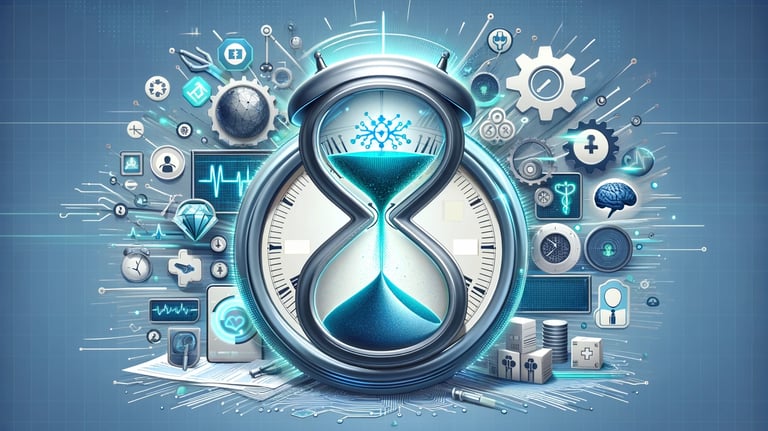

The Power of Deep Learning: YOLOv5 and EfficientNet-b5
So how exactly do deep learning models help in detecting cooling towers? Let’s break down the two key models used in this study: YOLOv5 and EfficientNet-b5.
YOLOv5 (You Only Look Once) is an object detection model. Its ability to detect objects quickly and accurately in real time sets it apart from other models. When applied to aerial imagery of cities, YOLOv5 can rapidly scan large areas and identify structures that resemble cooling towers. However, a second layer of analysis is needed since cooling towers can sometimes be difficult to distinguish from other structures.
This is where EfficientNet-b5 comes into play. EfficientNet-b5 is a type of convolutional neural network that specializes in classifying images. After YOLOv5 has identified potential cooling towers, EfficientNet-b5 takes a closer look, classifying the structures and filtering out false positives. This two-stage approach ensures that the model not only detects the cooling towers quickly but also does so with high accuracy.
In tests, this model achieved a 95.1% sensitivity in New York City and Philadelphia, meaning it correctly identified the cooling towers in over 95% of the cases. More importantly, it was 600 times faster than traditional human investigation methods. In the context of a public health crisis, where every minute counts, this time-saving capability can make all the difference in preventing an outbreak from spreading.
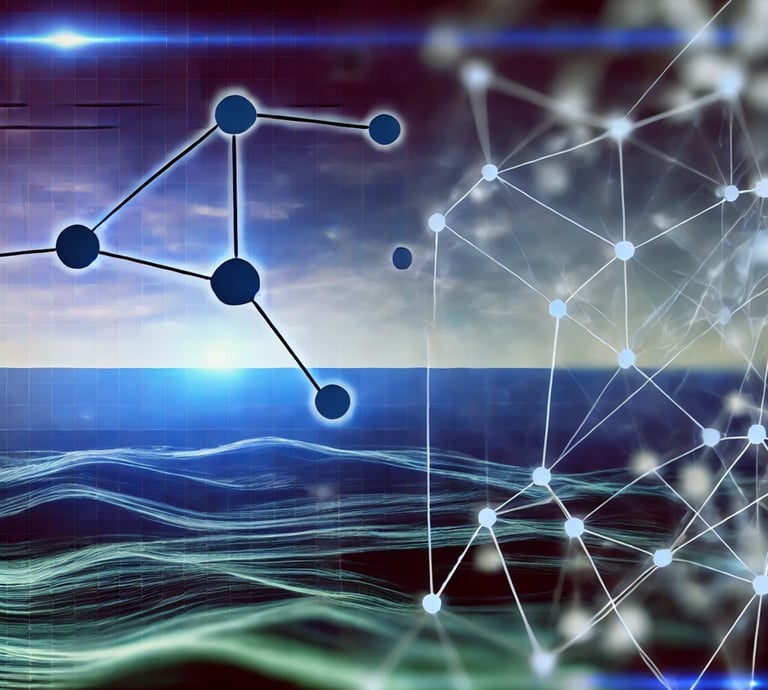

Computer vision
YOLOv5
EfficientNet-b5
AI and Geospatial Data: A Perfect Pairing
This combination of AI and geospatial data represents a leap forward in public health technology. Geospatial data, which includes satellite and aerial imagery, is inherently spatial—it tells us where things are. When paired with AI, we can see what is happening on the ground and analyze it in previously impossible ways.
The cooling tower detection model is just one example of how AI and geospatial analytics transform public health. By automating the identification of high-risk structures, public health officials can respond faster and more accurately to potential outbreaks. But the potential of this technology goes far beyond just cooling towers.
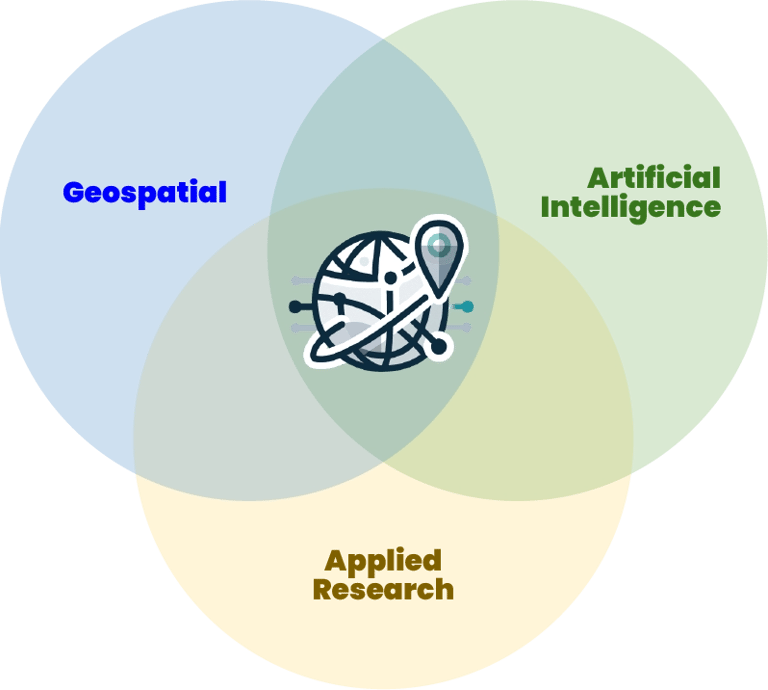

Applications Beyond Public Health: Opportunities for Business
While public health is a clear area where these technologies shine, many business opportunities arise from using AI and geospatial data together. Here are just a few sectors that can benefit from the same principles applied in cooling tower detection:
Urban Planning: AI can analyze geospatial data to better understand city infrastructure, helping planners design more ingenious, sustainable cities. For instance, automated cooling tower detection could be adapted to monitor building compliance with environmental regulations.
Real Estate: By automating the analysis of aerial imagery, real estate developers and investors can assess the health of urban areas, identify up-and-coming neighborhoods, and make data-driven investment decisions.
Environmental Monitoring: Similar models can be applied to monitor environmental factors, such as detecting illegal deforestation and water contamination or tracking pollution levels in specific areas.
In each of these cases, deep learning models and geospatial analytics allow businesses to act faster, more efficiently, and with better data than ever before. The result? Time savings, improved accuracy, and new insights that can drive business success.
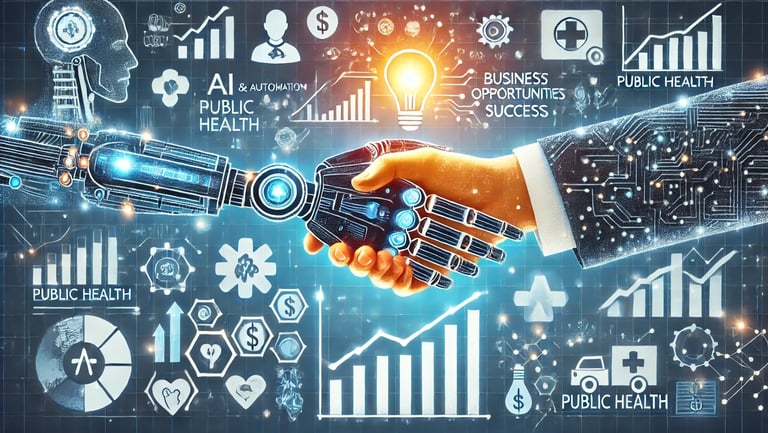

How Automation Leads to Success
The real power of AI, especially in the context of deep learning and geospatial data, lies in its ability to automate once manual tasks. Automation saves time, reduces the potential for human error, and allows organizations to scale their operations.
For example, the cooling tower detection model can process an entire city’s worth of images in seconds—a task that might take human investigators weeks or even months. By automating this process, public health officials can focus on taking action rather than spending time combing through data.
This kind of time-saving automation is critical in the business world as well. Whether managing a large infrastructure project, monitoring environmental compliance, or investing in urban real estate, having access to real-time data already analyzed by AI can give you a significant competitive edge.
Envision how AI can automate tasks to solve your challenges with my use case examples!
What Does This Mean for the Future?
Looking ahead, the applications of AI and geospatial data in public health and business will only grow. As deep learning models become more sophisticated and data becomes more readily available, we will see even more innovative uses of these technologies.
Imagine a world where disease outbreaks are predicted and stopped before they even begin or where entire cities are monitored in real time to ensure they meet environmental and safety regulations. Thanks to the incredible advances in AI in healthcare and geospatial analytics, these possibilities are not far off.
As someone who has spent over 20 years in technology, I’m excited to see how these technologies will continue to evolve. I’ve worked on projects that leverage AI and geospatial data to predict disease outbreaks, monitor public health infrastructure, and much more. The potential applications are vast, and the impact on public health and business success is undeniable.
"[Scott] is extremely patient, hardworking and possess the necessary skills to develop viable solutions using the latest technologies and methods available. He is able to assess end-user needs, translating them using the latest cutting-edge AI and Machine Learning methods and geospatial technologies. His technical skills are top."
- Professor Dr. Justine Blanford | Geo-Information Science and Earth Observation, University of Twente


Ready to Embrace AI for Your Business?
The future of public health—and indeed, business success—will be shaped by those who can effectively harness the power of AI and geospatial data. If you’re in a sector where automation, efficiency, and data-driven insights are crucial to your success, now is the time to explore how AI can help.
The possibilities are endless, from public health applications like cooling tower detection to urban planning, real estate, and environmental monitoring. With the right expertise, you can unlock the full potential of these technologies for your organization.
If you’re ready to learn more, I invite you to check out the full video, where I dive even deeper into this research and how it’s shaping the future of public health and business. Feel free to reach out if you’d like to discuss how these technologies can be applied to your specific needs.

Contact me to shape the future of public health!
References
Wong, K. K., Segura, T., Mein, G., Lu, J., Hannapel, E. J., Kunz, J. M., Ritter, T., Smith, J. C., Todeschini, A., Nugen, F., & Edens, C. (2024). Automated cooling tower detection through deep learning for Legionnaires' disease outbreak investigations: a model development and validation study. The Lancet Digital Health, 6(7), e500–e506. https://doi.org/10.1016/S2589-7500(24)00094-3
